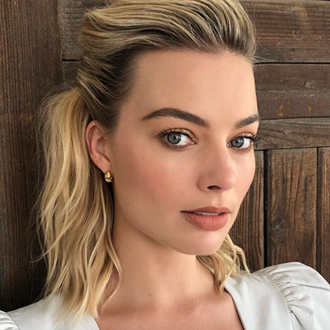Tried and tested: 4D hair colouring
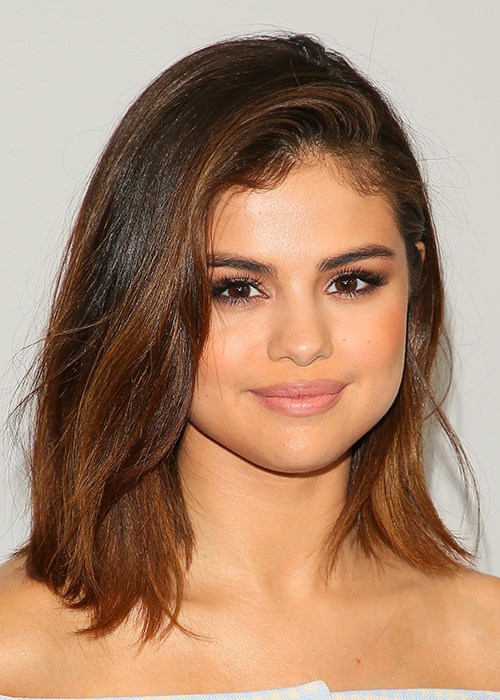
The Beauty Crew team puts the new hair colouring trend to the test
The Beauty Crew team puts the new hair colouring trend to the test
If you’ve had your hair lightened in the past five years or so, there’s a good chance balayage has been your colouring technique of choice. Not only does the hair lightening method add texture to your hair colour in a natural and effortless way, but its low maintenance nature makes it an easy colouring choice for all hair types and colours.
But how would you react if we told you there was a new hair colouring trend making its way here that might leave your much-loved traditional balayage fighting for the top spot in popularity?
Yep! There’s a new contender in the hair lightening department, and the technique in question is called 4 dimensional colouring, AKA 4D hair colour. Introduced to us by Simon Bright, Creative Director of top Sydney hair salon Jonny + June, The technique involves working colour into four different zones of the hair, focusing on depth of colour, vertical colour, horizontal colour and the overall tone.
Sounds a little complicated, right? Which is why I decided to put 4D hair colouring to the test and see if it really is going to give traditional balayage a run for its money.
The lowdown
To say I was a little nervous I’d end up with checkerboard hair upon hearing that colour would be deposited throughout four different zones of my hair would be a mild understatement. However, having complete and utter faith in Bright, I trundled off to Jonny + June in Paddington to give 4D colouring a go for myself.
Luckily, my fears of walking out with a vibrant ‘do that could give one of Kylie Jenner’s wigs a run for its money were quickly quashed as Simon explained 4D colouring is an updated form of balayage where instead of hair being blended from dark at the roots to light at the ends, colours are cascaded from the root throughout the mid-lengths and to the ends, essentially making it “balayage on steroids, but much better.”
Additionally, Bright explained that 4D hair colour is suitable for anyone and everyone as the colours and tones used can be adapted for each and every client, “as long as you keep the four factors in, which is the horizontal colour, the vertical colour, the lightness and the tone.”
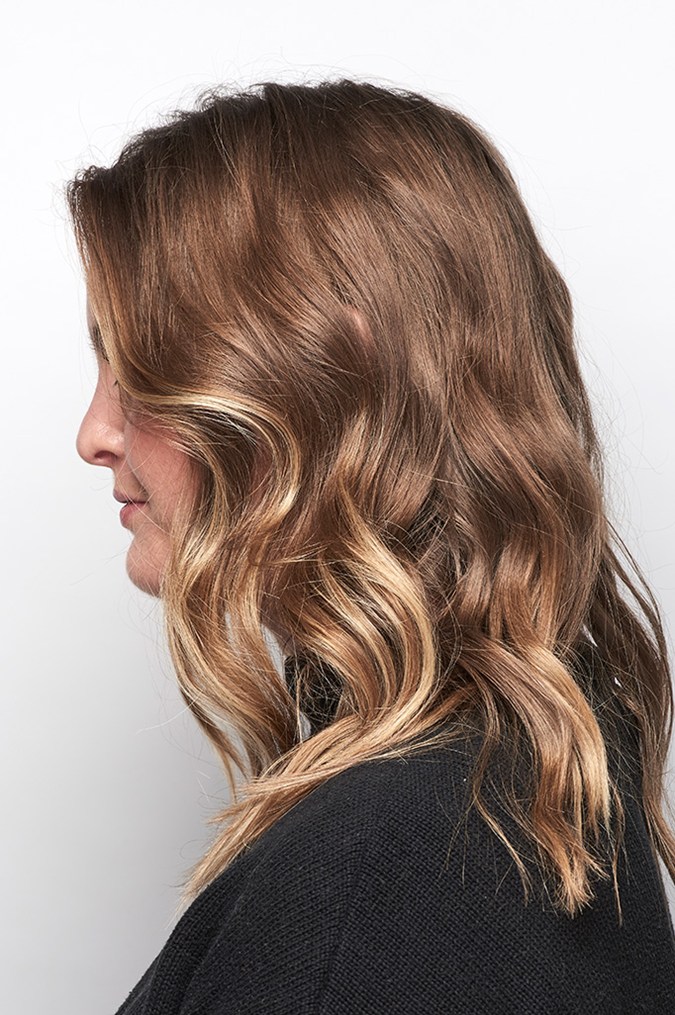
Before
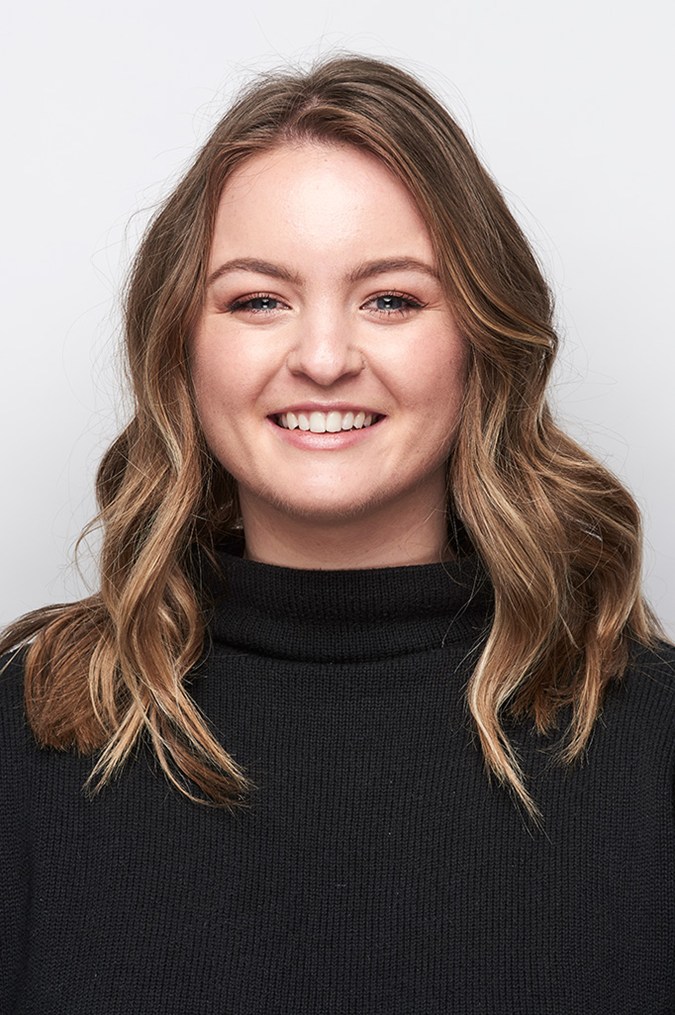
Before
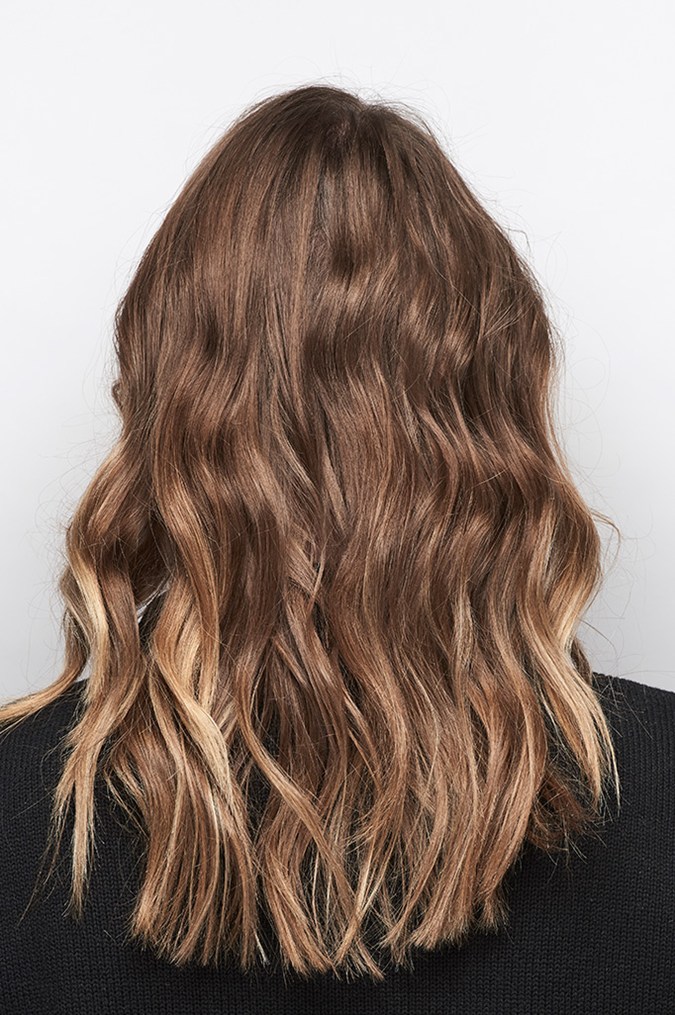
Before
The process
Before any colour was applied Bright and I spoke about the end result I wanted to achieve. As I prefer a more natural, low maintenance colour, Simon opted for three different colours (a golden brown, golden blonde and lighter blonde) as well as my natural root colour to ensure my hair grows out naturally without any obvious regrowth lines.
According to Bright, to create 4D hair, “we take fine sections of hair and backcomb them before adding two colours on the root area, towards the mid-length and then we gradually go lighter and lighter towards the end.” To make my colour pop as much as possible, Simon then took the lightest blonde shade and applied it to smaller sections of the ends of my hair “to get that really worn-in end colour.”
It was also interesting to note that throughout the process Simon opted for a cellophane-like material to set the blonde colour rather than foils, because “foils can force and develop the blonde too much whereas the cellophane traps the heat in, but doesn’t ‘cook it’.”
After my colour was applied, I was left to my own devices for half an hour or so before the colour was washed out and my hair was dried and styled into loose, textured waves.
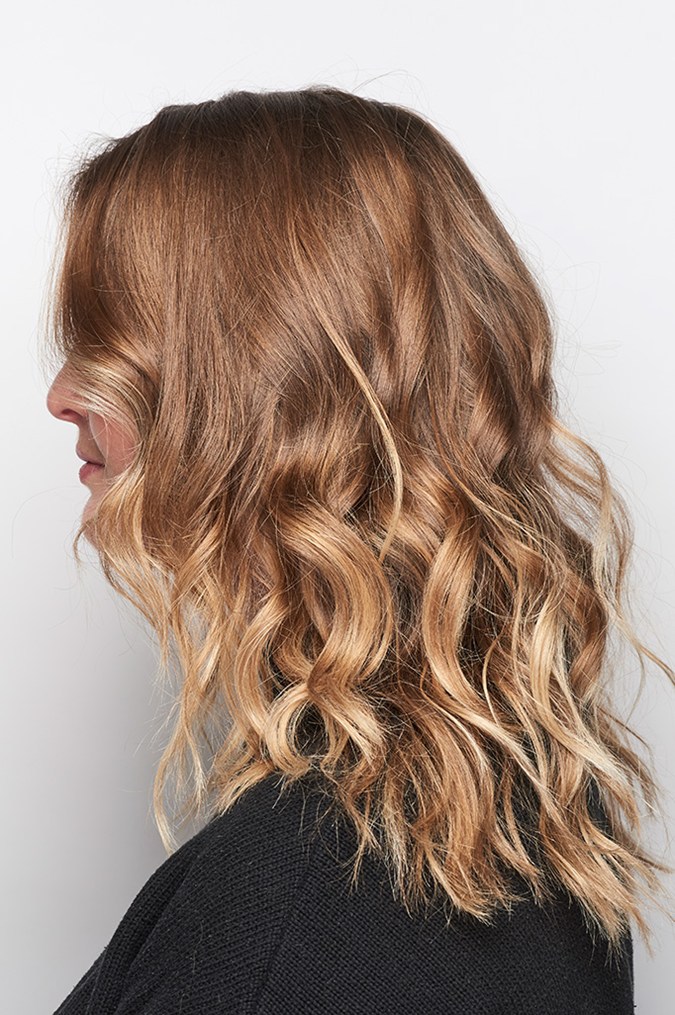
After
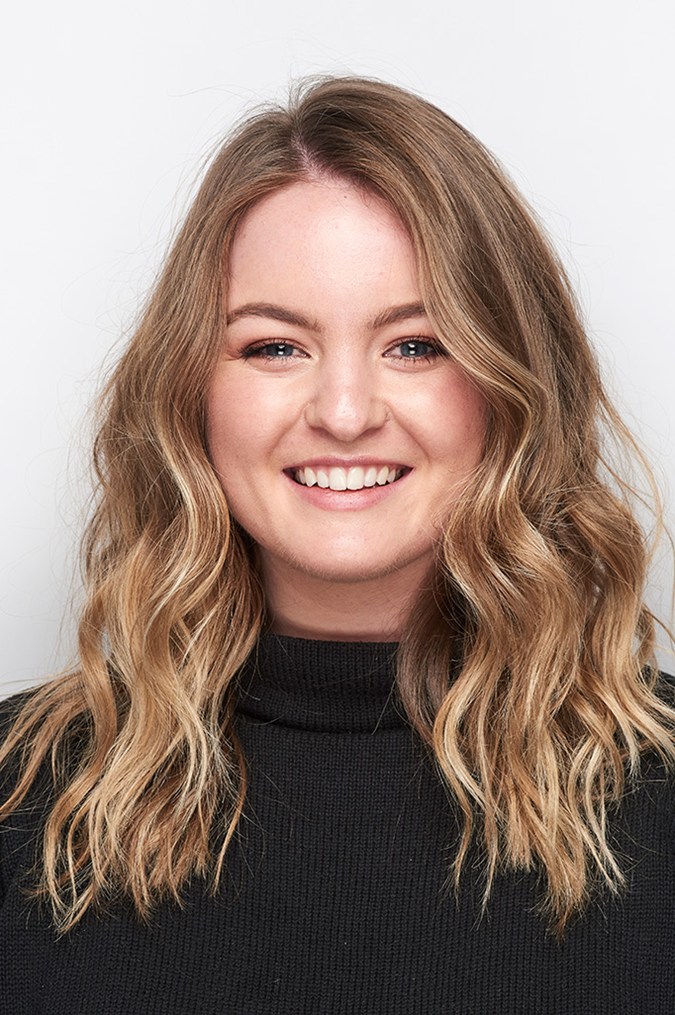
After
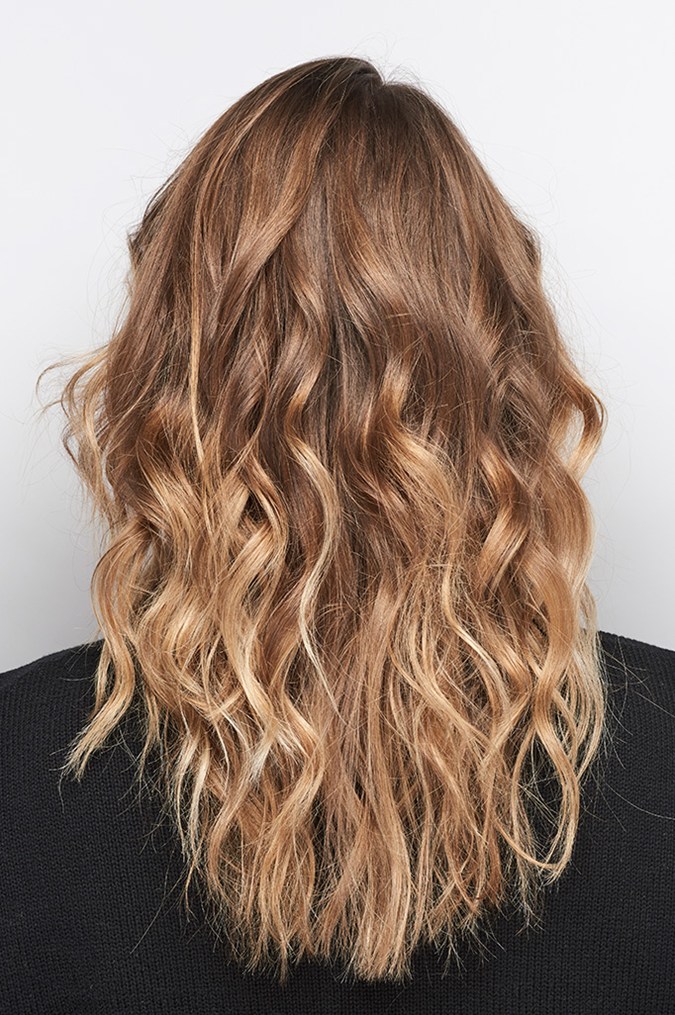
After
The verdict
I loved my hair colour before I visited Bright at Jonny + June, so the fact I walked out of the salon with hair I not only love but am mildly obsessed with is no small feat. 4D colouring has subtly and naturally updated my older balayage colour and is definitely a technique I’d recommend to anyone wanting to upgrade their locks for the warmer months.
Want to know more about new hair trends taking the world by storm? Then find out what I had to say about hair contouring.
What do you think about 4D hair colouring? Let us know in the comments if you’d like to try it for yourself.
Image credit: Getty
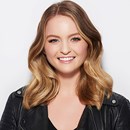
Kate started working for BEAUTYcrew in early 2016, first as a contributor, and was then named Beauty Writer in 2017. She loves picking the brains of the industry's top experts to get to the bottom of beauty's toughest questions. Bronze eyeshadow palettes are her weakness and she's forever on the hunt for the perfect nude nail polish to suit her fair skin. Her words can also be found in Men's Health magazine, and she now works in PR.
Related tags
balayage /




